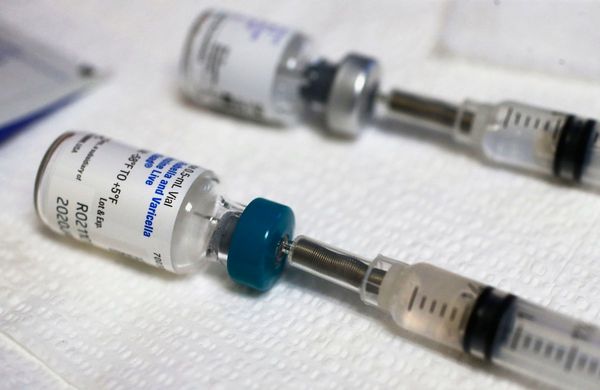
Gold is essential to so much of what we rely on in the world today, from maintaining government reserves, to diagnosing diseases such as HIV and malaria. Across the world, 100 million people rely on gold for their livelihoods. But there have been occasions where gold mining has helped fund unlawful armed conflict. That is why the industry body the World Gold Council – which represents the world’s large-scale industrial mines – has developed its Conflict-Free Standard. This standard provides a way for major gold producers to assess and provide assurance that their gold has been extracted in a way that does not support unlawful armed conflict. Photograph: John W Banagan/The Image Bank
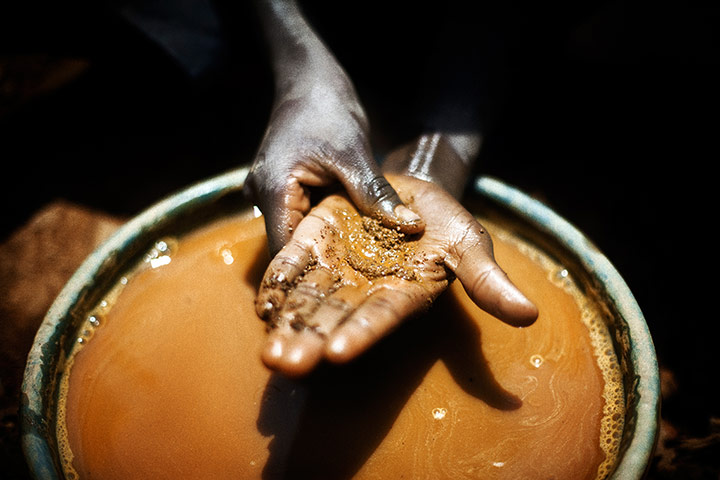
The majority of miners across the world – especially but not exclusively in the developing world – work informally, using hand tools or panning for gold. These artisanal and small-scale miners (ASMs) can be numbered in the millions, with some countries such as the Democratic Republic of Congo (DRC) and Rwanda having predominantly artisanal miners. They often work independently without the backing of labour, environmental, or safety regulations. The challenge is to ensure that these miners are able to carry on working, when this is their only chance to make a living, while also protecting the environment and the workers from exploitation. Photograph: Guillem Valle/Corbis
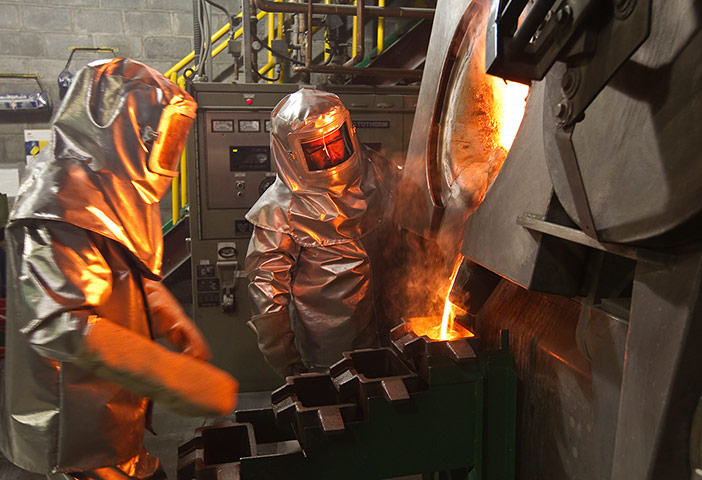
Today gold is normally found in rock in microscopic particles. Large-scale industrial mines use machines for both the mining and the processing of gold. On average, every tonne of ore produces fewer than 10 grams of gold. Extracting it begins with crushing and milling the ore. The rock is crushed to a fine sand and mixed with water in a tank to form a slurry. Then, minute quantities of cyanide are added. This cyanide solution leeches the gold from the ore. Small chips of carbon are added to trap the gold. The gold solution is treated with an electric current. This turns into a dried gold cake, which goes into the furnace to be smelted, making “dore”, an alloy containing more than 50% gold. This dore will then be sent to a refinery to remove the impurities. Photograph: Shamil Zhumatov/Corbis
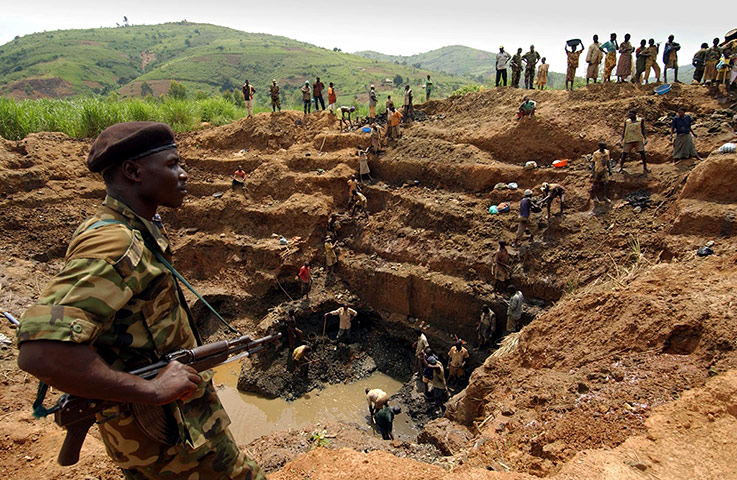
Conflict in gold-producing areas threatens local communities properly benefiting from gold mining. The Conflict-Free Gold Standard aims to stop this happening. The standard requires gold producers to publicly disclose that their gold has been extracted in a way that does not contribute to serious human rights abuses or breaches of international humanitarian law. Procedures for whistle-blowing, if human rights breaches occur, need to be in place for conformance with the standard when operating in conflict-affected areas. Photograph: Eric Feferberg/AFP
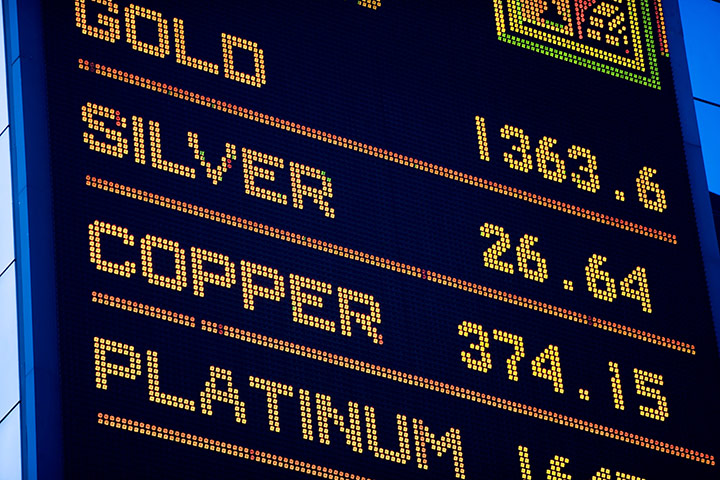
While the World Gold Council Conflict-Free Standard is designed to ensure gold producers mine responsibly, it is also very important that the whole supply chain is sustainable and does not contribute to conflict. For instance, the London Bullion Market Association (LBMA) – the international trade association that represents the market for gold and silver bullion – has developed Responsible Gold Guidance standards for refiners that lay out due-diligence processes that refiners need to follow, in line with the OECD Guidance on Responsible Supply Chains of Minerals from Conflict-Affected areas. Refiners need to meet this standard to remain on the accredited list, or risk their gold not being accepted by financial markets. The LBMA’s 129 members include trading houses, banks, refiners, miners and fabricators. Photograph: Alamy
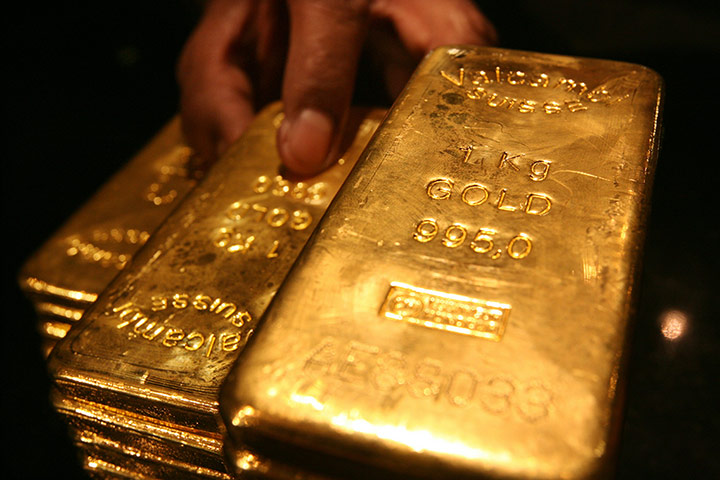
Each gold bar is worth over a million dollars – a great deal of money that could help development in the countries where gold is mined. Gold mining can help countries in a number of ways. Large-scale gold mining means taxation for the country and investment in the community. It also can help strengthen local and regional economies – as has happened in parts of Peru, Ghana and Tanzania. The benefits don’t simply stay with people who have jobs in the mines, but spread to many parts of the local economy. Photograph: STR/Corbis
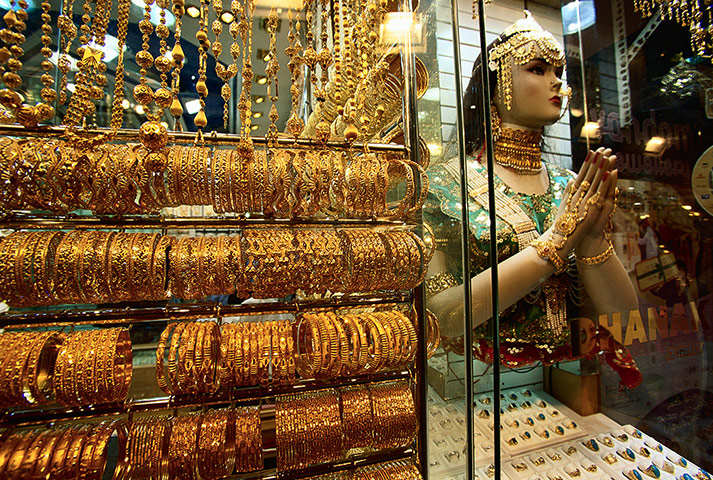
Some non-responsibly traded gold may reach Dubai and other markets around the world. So how can all parts of the supply chain become conflict-free? Steps are being taken by various bodies, including the Responsible Jewellery Council (RJC). The RJC is a non-profit, standards and certification organisation that ensures the jewellery produced by its members meets the highest standards of sustainability at all stages from mining to sale. RJC Members commit to and are independently audited against the RJC Code of Practices – an international standard on responsible business practices for diamonds, gold and platinum group metals. Photograph: Jon Hicks/Corbis
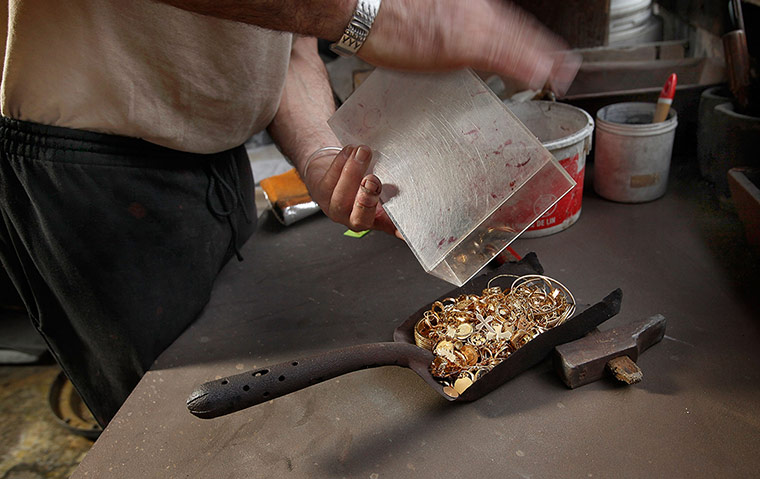
Gold is the ultimate recyclable product – all the gold that has ever been mined is still in existence. It can be melted down and turned into a different product over and over again. So it can be very difficult to determine the provenance of any single piece of jewellery. That is why due-diligence at all points of the supply chain is so important – if every part of this chain, from mines, to refiners, to manufacturers, to retailers undertakes due-diligence, then it will be much more difficult for conflict gold to be sold. Photograph: Patrick Aventurier/Getty Images Europe
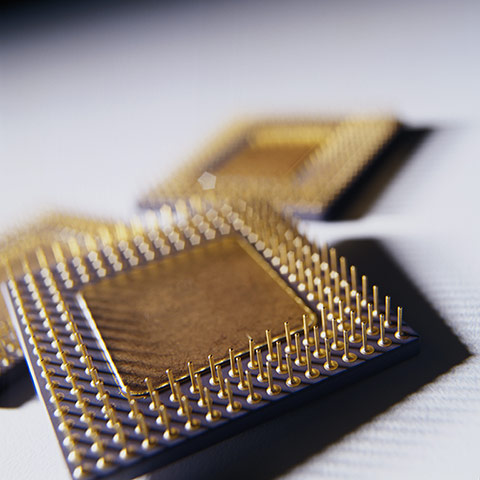
Gold is used in a very wide range of technologies, from healthcare to space exploration. Gold is malleable, does not corrode and has excellent conductivity. It is used in mobile phones and jet engines for the critical connections and increasingly in “green energy” applications, for instance improving the performance of solar panels. Some of these uses were developed many years ago, such as gold's use in dentistry. But other uses for gold are being discovered all the time, for instance in nanotechnology. Here, particles of gold that are almost invisibly small even under a microscope are used in diagnostic tests for pregnancy, HIV and malaria.
Photograph: Photodisc
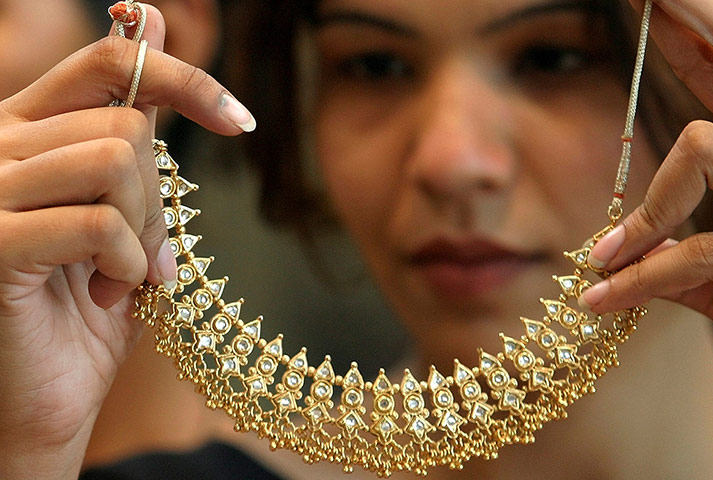
Gold jewellery is highly desirable and beautiful, often given at important points in life like marriage or the birth of a child. Sixty per cent of gold is turned into jewellery. So when you buy something so valuable, how can you also ensure that your jewellery has been created to the highest standards of sustainability? Choosing jewellery manufacturers and retailers who sign up to the Responsible Jewellery Council’s Chain of Custody standard means that your money is going to people who take sustainability seriously. Their jewellery – gold, and also diamonds and platinum – is produced under standards that encompass conflict, and also human rights, labour rights, corruption, financial crime, environmental issues, health and safety, production disclosure and mining practices. Photograph: Ajay Verma/Corbis





